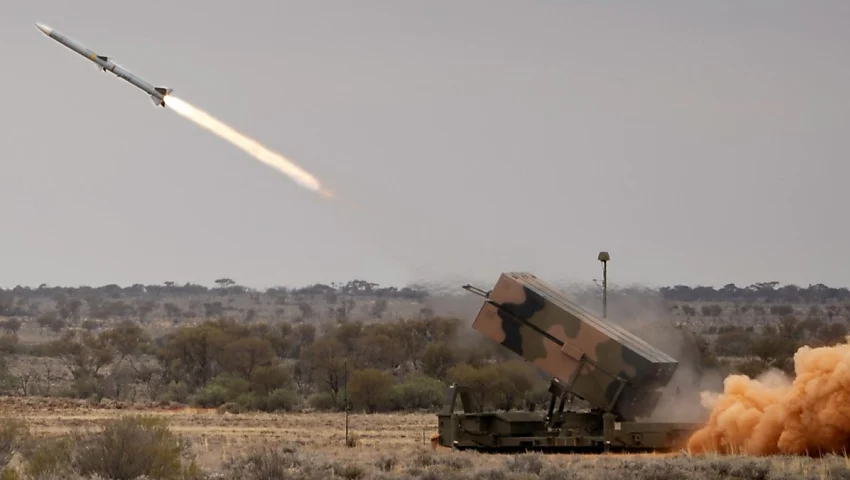
US Army Eyes Next-Gen Precision Strike Missile for Autonomous Launchers
AUSA RELEASE
WASHINGTON: The US Army is advancing plans to develop a fifth variant of the Precision Strike Missile (PrSM), designed for autonomous launchers to target distances beyond 1,000 kilometres. This development was revealed by senior Army leaders during the Association of the US Army (AUSA) event.
Maj. Gen. Winston Brook, commanding general of the Fires Centre of Excellence, shared a slide at the event showcasing the proposed PrSM Increment 5 as a future capability. Meanwhile, Brig. Gen. Rory Crooks, director of the Long-Range Precision Fires Cross-Functional Team, elaborated on early efforts for the project, which is set to enter the science and technology development phase in fiscal year 2026.
Crooks emphasized that the envisioned missile would be designed to launch from an autonomous vehicle, potentially enabling greater range and payload. “If you’re familiar with an [M270 Multiple Launch Rocket System] MLRS pod, it’s about 13 feet long,” Crooks explained. “With an autonomous platform that eliminates the need for a cab, you could deploy something larger, extending range capabilities beyond what currently seems feasible.”
The PrSM Increment 5 concept remains in its preliminary stages, with no formal development timeline. Funding for science and technology exploration is in place, but a full-scale competitive process for its development is yet to be scheduled.
Evolving PrSM Capabilities
Over recent years, the Army has been enhancing its missile arsenal to replace the MGM-140 Army Tactical Missile System (ATACMS). The PrSM family is designed for deployment from both the M142 High Mobility Artillery Rocket System (HIMARS) and the M270A2 MLRS.
Increment 1, now being fielded by Lockheed Martin, is capable of striking targets over 500 kilometres away. Future PrSM versions aim to broaden functionality, including:
- Increment 2: Featuring a multimode Land-Based Anti-Ship Missile (LBASM) seeker.
- Increment 3: Integrating enhanced lethality payloads.
- Increment 4: In development by teams from Lockheed Martin and Raytheon Technologies-Northrop Grumman, aiming to double the current missile range to exceed 1,000 kilometres.
Enhanced Command and Control
To support these advancements, the Army is outfitting vehicles with large 24- to 32-inch displays for integrated battlefield awareness, offering manoeuvre forces a comprehensive operational picture by aggregating multiple data sources.
The potential for a long-range autonomous missile system marks a significant leap forward in precision strike capabilities, signalling the Army’s commitment to maintaining technological superiority on the modern battlefield.




